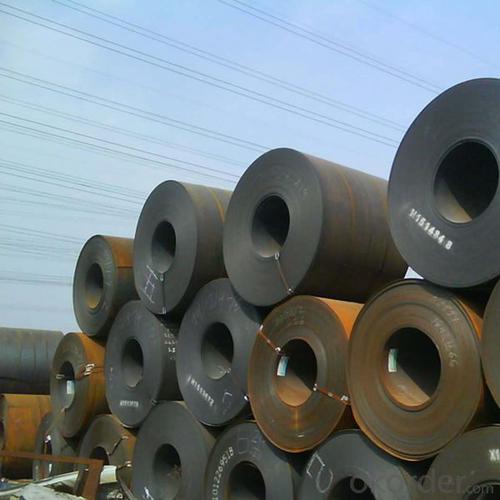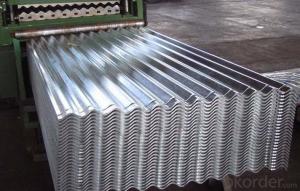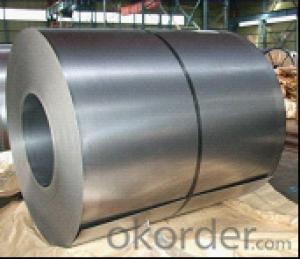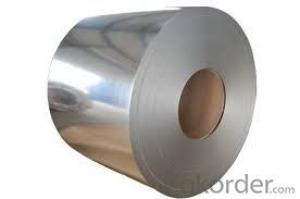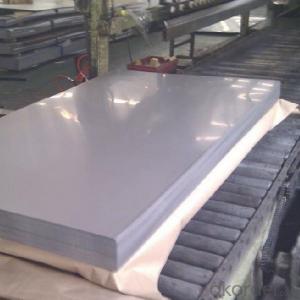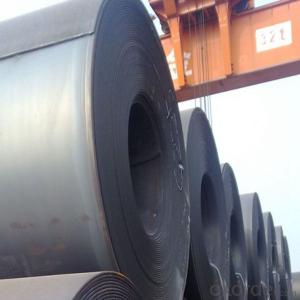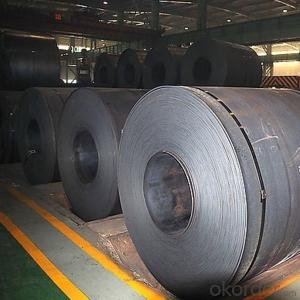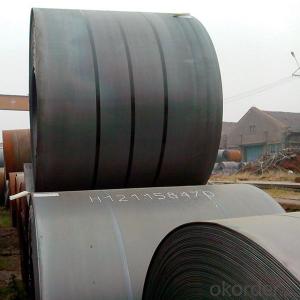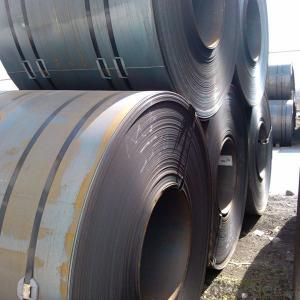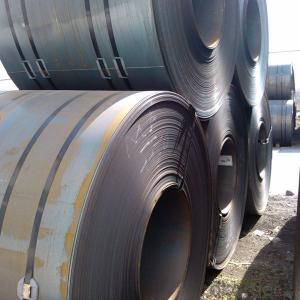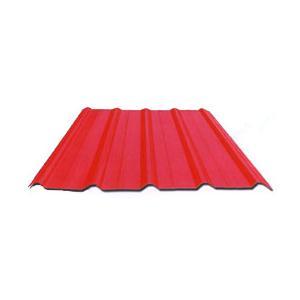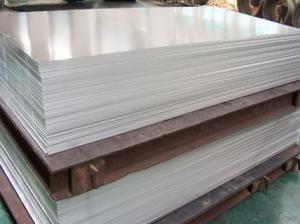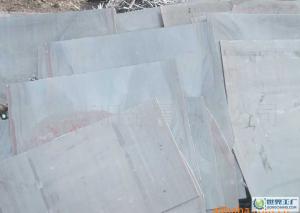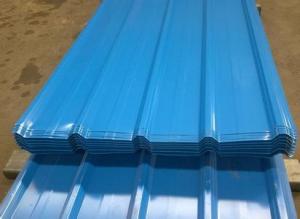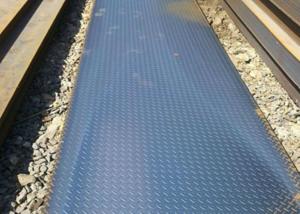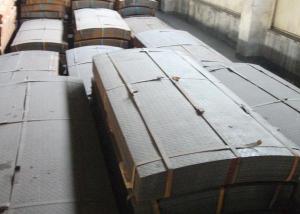Steel Coils Steel Plates Steel Sheets SS400
- Loading Port:
- Tianjin
- Payment Terms:
- TT OR LC
- Min Order Qty:
- 50 m.t.
- Supply Capability:
- 500 m.t./month
OKorder Service Pledge
OKorder Financial Service
You Might Also Like
Specification
DESCRIPTION FOR SS400 CARBON STEEL SHEET
1.Thickness: 1-200mm
2.Width: 100-3000mm
3.Length: 1000-12000mm
4. Applications :mining machinery, environmental protection, engineering
5. Grade:SS400 A 36 Q195.Q235.Q345.SPCC.SPCH
6.Surface : Hot Rolled Cold Rolled Galvanized Steel
DESCRIPTION:
GRADE: SS400, ASTM A36, A572, ST37,ST52, Q195, Q215, Q235,Q345, S235JR etc.
STANDARD: GB/T709-2006, ASTM A36, JIS G3101, DIN EN 10025, SAE 1045, ASTM A570
SPEC:
1)Width: 600-2500mm or 1000,1050,1250,1500,1800,2000mm
2)Thickness:1.5mm-200mm or as customers’ special requirements;
3)Length: 2-12m or as customers’ special requirements
PACKING:
1.Big thickness:by bulk vessel
2.Small thickness:packed by steel strips and shipped by container
3.According to the requirements of customers'
TRADE TERMS :FOB, CFR, CIF
DETAILED PICTURES FOR STEEL COILS
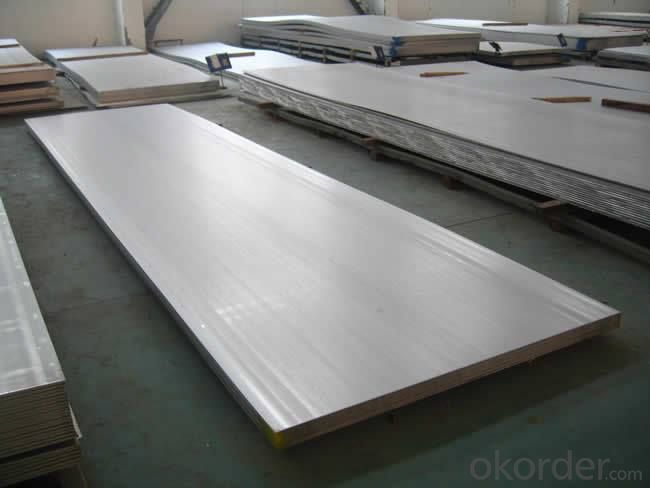
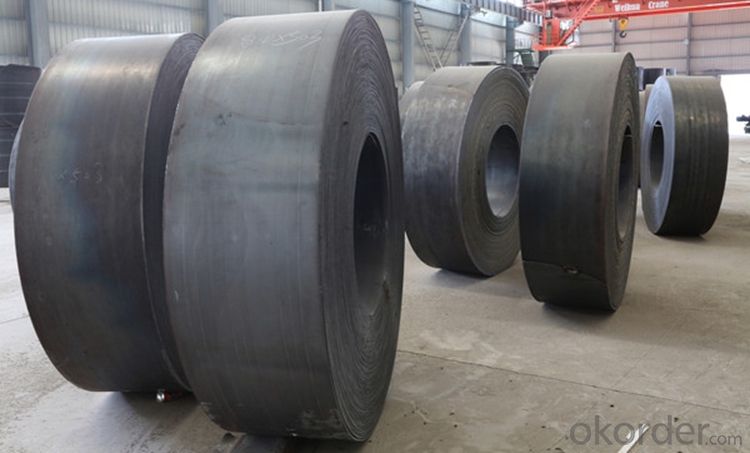
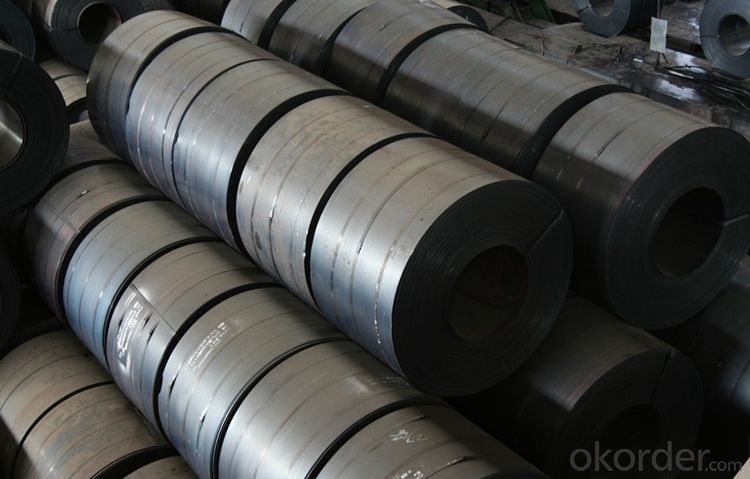
FEATURES OF STEEL COILS
(1)Good ductility
(2)Good corrosion resistance
(3)Excellent abrasion resistance and fatigue strength
(4)Good weldability
(5)Oxidation resistant performance
(6)Excellent in high temperature
FAQ
Q: How long is the delivery time?
A: Normally 30-40 days, but mostly according to the specific requirements or the quantity
Q: Could you send me sample?
A: We can supply you with the sample for free, but the delivery charges will be covered by customers.
FAQ
Q: How can I get the samples?
A: If you need some samples to test ,please pay for the transportation freight of samples and our samples are free for you.
Q: How can I get your price list?
A: Please send us your email or fax and order information – Quantity, Specification (steel type, thickness, width, surface finish), then I can send you the price list.
- Q: Are steel sheets suitable for high-vibration environments?
- Steel sheets are generally suitable for high-vibration environments due to their inherent strength and durability. Steel is known for its excellent mechanical properties, including high tensile strength and resistance to fatigue. These qualities make steel sheets capable of withstanding vibrations without significant deformation or failure. Moreover, steel sheets have the ability to dampen vibrations due to their mass and stiffness. This makes them effective in reducing the transmission of vibrations to other components or structures. Steel sheets can absorb and dissipate the energy generated by vibrations, minimizing the potential for damage or disruption. Additionally, steel sheets can be designed and manufactured to meet specific requirements for high-vibration environments. They can be reinforced or treated with coatings to enhance their resistance to corrosion, wear, and fatigue, further improving their suitability for such conditions. However, it is essential to consider the specific characteristics and intensity of the vibration environment when determining the suitability of steel sheets. Factors such as frequency, amplitude, and duration of vibrations should be taken into account. In some extreme cases, alternative materials or specialized designs may be necessary to ensure optimal performance and longevity. In conclusion, steel sheets are generally suitable for high-vibration environments due to their strength, durability, and ability to dampen vibrations. However, a thorough evaluation of the specific conditions is crucial to determine the most appropriate solution for each application.
- Q: Can steel sheets be used for solar panel structures?
- Yes, steel sheets can be used for solar panel structures. Steel is a popular choice for constructing solar panel structures due to its strength, durability, and versatility. Steel sheets can be easily fabricated and shaped to meet specific design requirements, making them suitable for various types of solar panel installations. Additionally, steel has excellent load-bearing capabilities, which is crucial for supporting the weight of solar panels. It is also resistant to corrosion and can withstand harsh weather conditions, making it a reliable material for long-term use in outdoor settings. Overall, the use of steel sheets for solar panel structures is a practical and cost-effective solution.
- Q: What is the difference between hot dipped galvanized and electro galvanized steel sheets?
- Galvanized steel sheets can be categorized into two types: hot dipped galvanized and electro galvanized. These two types differ in how they are applied and the resulting characteristics of the coating. Hot dipped galvanized steel sheets are made by immersing the steel into a bath of molten zinc. This process creates a thick and durable coating that effectively prevents corrosion. The zinc completely covers the surface and edges of the steel, ensuring comprehensive protection against rust and other forms of degradation. The thickness of the coating can be adjusted based on the specific application and level of protection required. On the other hand, electro galvanized steel sheets are produced through electroplating the steel with a thin layer of zinc. First, the steel is cleaned and treated with an acid solution to remove impurities and enhance adhesion. Then, it is submerged in a solution of zinc electrolyte, and an electric current is applied to the bath. This causes the zinc ions to bond with the surface of the steel. As a result, the coating formed is much thinner compared to hot dipped galvanized steel. Due to the thinner coating, electro galvanized steel sheets offer less resistance to corrosion compared to their hot dipped counterparts. They are more suitable for indoor applications or environments with less exposure to harsh conditions. However, electro galvanized steel sheets have their own advantages, such as a smoother and more uniform appearance. This makes them a popular choice for applications where aesthetics play a significant role, such as automotive parts or appliances. In conclusion, the primary distinction between hot dipped galvanized and electro galvanized steel sheets lies in their application method and the resulting thickness of the coating. Hot dipped galvanized steel sheets have a thicker and more durable coating, providing superior protection against corrosion. On the other hand, electro galvanized steel sheets have a thinner coating, making them more suitable for indoor applications and offering a smoother appearance.
- Q: What are the different sizes of steel sheets available?
- Steel sheets are available in a wide range of sizes, catering to various applications and industries. The sizes of steel sheets can vary depending on factors such as thickness, width, and length. In terms of thickness, steel sheets are commonly available in gauges ranging from 7 to 30. The higher the gauge number, the thinner the sheet. Thinner sheets, such as those with a gauge of 30, are often used for applications that require flexibility, while thicker sheets, such as those with a gauge of 7, are typically used for heavy-duty applications that require high strength and durability. When it comes to width, steel sheets are available in a range of options. The most common widths include 36 inches, 48 inches, and 60 inches. However, customized widths can be obtained for specific requirements. Regarding length, steel sheets are typically available in standard lengths of 96 inches and 120 inches. These lengths are commonly used in various industries. However, like width, the length can also be customized to fit specific needs. It is important to note that the availability of different sizes of steel sheets may vary depending on the supplier and the specific grade of steel being used. It is advisable to consult with a steel sheet supplier or manufacturer to determine the exact sizes available for a particular application.
- Q: Can steel sheets be used for making furniture?
- Yes, steel sheets can be used for making furniture. Steel is a versatile material that offers several advantages when used for furniture construction. It is known for its strength, durability, and ability to withstand heavy loads. Steel sheets can be shaped, welded, and fabricated into various furniture pieces such as tables, chairs, cabinets, and even bed frames. Additionally, steel furniture tends to be resistant to rust and corrosion, making it suitable for both indoor and outdoor use. The sleek and modern aesthetic of steel also adds a contemporary touch to any space.
- Q: How are steel sheets protected from rust and corrosion?
- Steel sheets are protected from rust and corrosion through a process called galvanization, which involves coating the sheets with a layer of zinc. This zinc layer acts as a barrier, preventing moisture and oxygen from reaching the steel surface and causing rust.
- Q: Can the steel sheets be used for elevator interiors?
- Certainly, elevator interiors can indeed utilize steel sheets. Steel, being a durable and versatile material, finds widespread usage in elevator construction. It imparts a sleek and contemporary appearance to elevator interior designs, which can be tailored to suit diverse styles and aesthetics. Furthermore, steel sheets are effortlessly cleaned and maintained, making them a highly practical option for elevator interiors.
- Q: Do steel sheets rust?
- Yes, steel sheets can rust if they are not properly protected or coated.
- Q: Can steel sheets withstand extreme weather conditions?
- Yes, steel sheets are designed to withstand extreme weather conditions due to their inherent strength, durability, and resistance to corrosion. They can withstand heavy rain, snow, high winds, and even hailstorms without getting damaged. Additionally, steel sheets are also fire-resistant, making them a reliable choice for various applications in extreme weather environments.
- Q: What is the difference between hot dipped galvanized and electro galvanized steel sheets?
- Hot dipped galvanized and electro galvanized steel sheets are both types of galvanized steel, but they differ in the method of application and the resulting characteristics of the coating. Hot dipped galvanized steel sheets are made by immersing the steel into a molten zinc bath. This process creates a thick, durable coating that provides excellent corrosion protection. The steel is completely coated in zinc, both on the surface and on the edges, ensuring complete coverage and protection against rust and other forms of degradation. The coating thickness can vary depending on the application and the required level of protection. On the other hand, electro galvanized steel sheets are produced by electroplating steel with a thin layer of zinc. The steel is first cleaned and treated with an acid solution to remove impurities and improve adhesion. Then, it is immersed in a zinc electrolyte solution, and an electric current is passed through the bath, causing the zinc ions to bond with the steel surface. This process results in a much thinner coating compared to hot dipped galvanized steel. Due to the thinner coating, electro galvanized steel sheets provide less corrosion protection than hot dipped galvanized steel sheets. They are more suitable for indoor applications or environments with less exposure to harsh conditions. However, electro galvanized steel sheets offer other advantages such as a smoother and more uniform appearance, making them popular for applications where aesthetics are important, such as automotive parts or appliances. In summary, the main difference between hot dipped galvanized and electro galvanized steel sheets lies in the method of application and the resulting coating thickness. Hot dipped galvanized steel sheets have a thicker, more durable coating, providing superior corrosion protection, while electro galvanized steel sheets have a thinner coating, making them more suitable for indoor applications and offering a smoother appearance.
Send your message to us
Steel Coils Steel Plates Steel Sheets SS400
- Loading Port:
- Tianjin
- Payment Terms:
- TT OR LC
- Min Order Qty:
- 50 m.t.
- Supply Capability:
- 500 m.t./month
OKorder Service Pledge
OKorder Financial Service
Similar products
Hot products
Hot Searches
Related keywords






